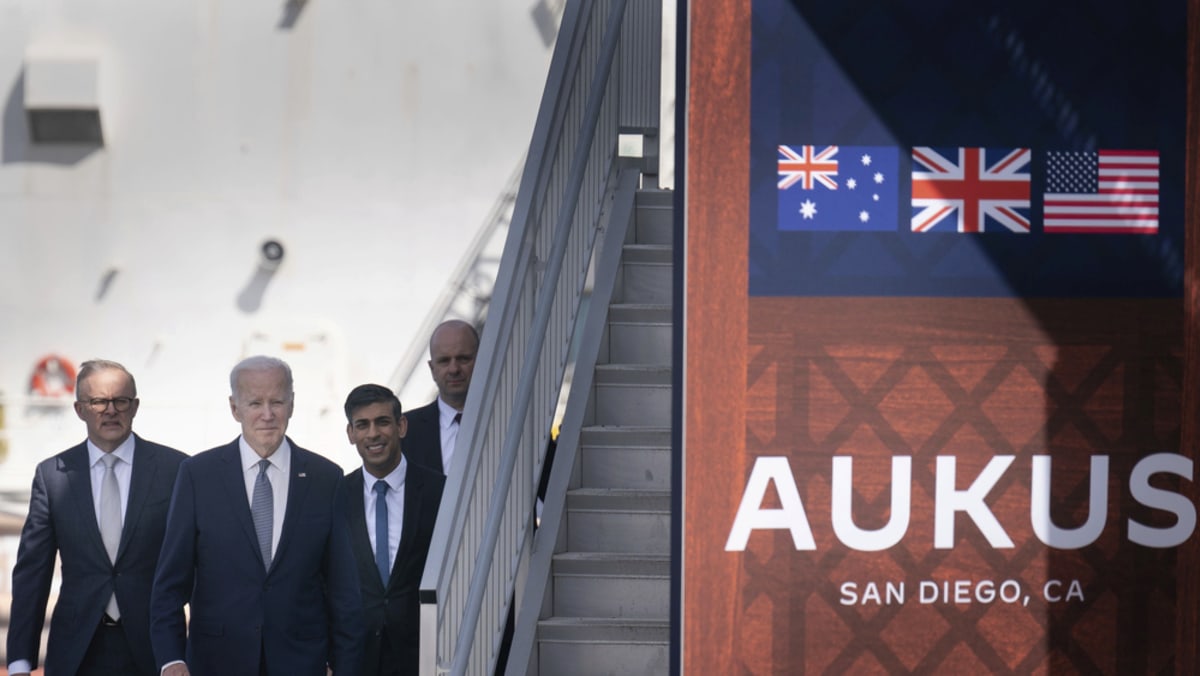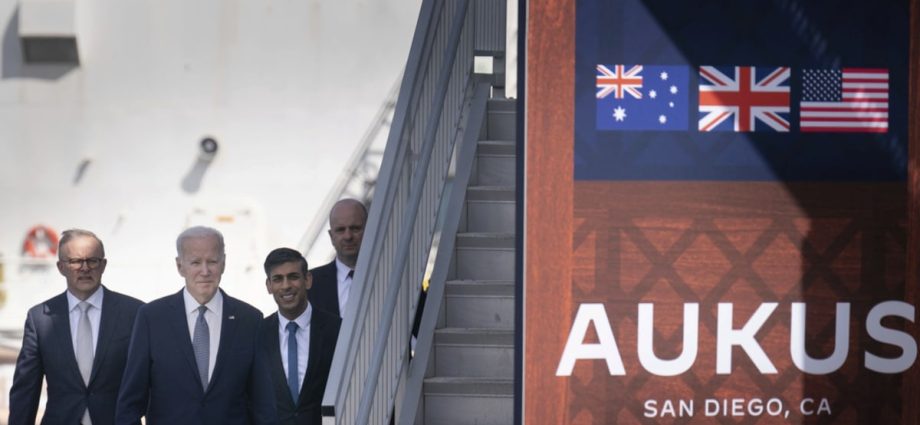
On a technical level, acquiring and maintaining nuclear-powered submarines involves a big and very costly technological leap for Australia. AUKUS will be done in three complicated stages.
First, Australia will overhaul its current conventional submarines. Then, in the early 2030s, it will take delivery of some second-hand Virginia-class nuclear subs from the US. A decade later, the first AUKUS-class subs – designed in Britain, featuring US technology and built in the UK and Australia – will be deployed.
There is some quiet dismay in the Australian defence establishment at the large British role in the building of SSN-AUKUS. There is much less confidence in the UK’s military-industrial base than in US capabilities.
Those doubts will have grown following the difficulties of British aircraft carriers and the failure of a recent test of a UK Trident nuclear missile. Elizabeth Buchanan of West Point Military Academy argues bluntly that: “SSN-AUKUS probably won’t materialise.” Australian critics of AUKUS fear the country is setting off down a long and costly road to nowhere.
STRENGTHENING DETERRENCE
The strategic arguments against AUKUS are the weakest ones. The Australian government, like the Japanese and the Indians, is justifiably concerned by China’s military and territorial ambitions. It understands that if Beijing successfully invaded Taiwan – or managed to enforce its claims over the South China Sea – China would become the dominant power in the Indo-Pacific, with profound consequences for Australian security.
AUKUS is a classic effort to strengthen deterrence by increasing the risks to China of any potential aggression. As one Australian security official puts it: “The goal is to prevent a war, not to fight one.”

